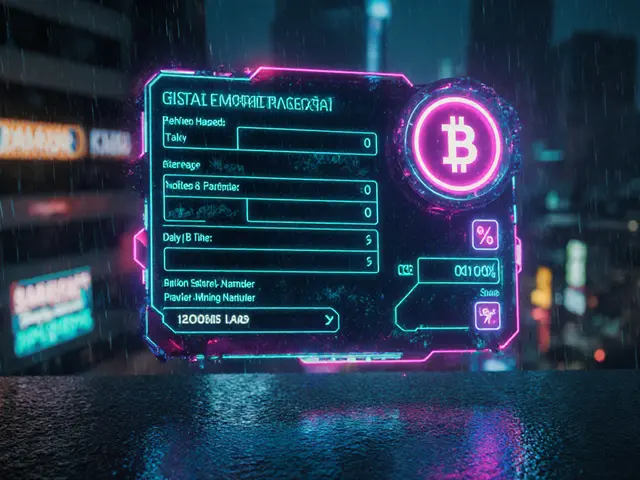Crypto Swap: How Decentralized Exchanges Work and What to Watch Out For
When you do a crypto swap, a direct exchange of one cryptocurrency for another without using a traditional exchange. Also known as token swapping, it’s the backbone of decentralized exchange, a platform that lets users trade crypto peer-to-peer using smart contracts. Unlike centralized exchanges like Binance or Coinbase, a crypto swap doesn’t hold your money—you keep control, but you also carry all the risk. This is why so many people get burned.
Most crypto swaps happen on decentralized exchange platforms like Uniswap or PancakeSwap. These tools connect buyers and sellers automatically using code, not humans. But here’s the catch: anyone can create a token and list it on a DEX. That’s why you see tokens like Apple Network (ANK) or EzyStayz (EZY) showing up—fake projects with no team, no liquidity, and zero real use. A crypto swap might look easy, but if the token you’re swapping into has no trading volume or was created yesterday, you’re just sending your money into thin air.
Scams don’t always look like scams. IslandSwap, for example, looks like a real exchange—until you dig deeper. No team, no reviews, no security info. That’s the pattern. And when you swap into a new token, you’re trusting the contract behind it. If it’s not audited, if the liquidity is locked by a fake address, or if the devs can drain funds with one click, you’re already behind. Tools like Token Sniffer or RPHunter help spot these risks, but they’re not foolproof. The best defense? Check the token’s history, see if it’s listed on CoinMarketCap or CoinGecko, and never swap into something you don’t understand.
Some crypto swaps are legit and useful. Swapping ETH for DAI on Uniswap? Fine. Swapping a random BNB Chain token you found on Telegram? Not fine. The difference isn’t the tech—it’s the intent. Real projects have transparent teams, public audits, and real use cases. Scams have hype, fake airdrops, and promises of 100x returns. If it sounds too good to be true, it is. And in crypto, the swap you make today could be the one that wipes out your wallet tomorrow.
What you’ll find below are real cases of crypto swaps gone wrong, guides on how to spot dangerous tokens, and breakdowns of platforms that look safe but aren’t. No fluff. Just what you need to know before you click "Swap".




